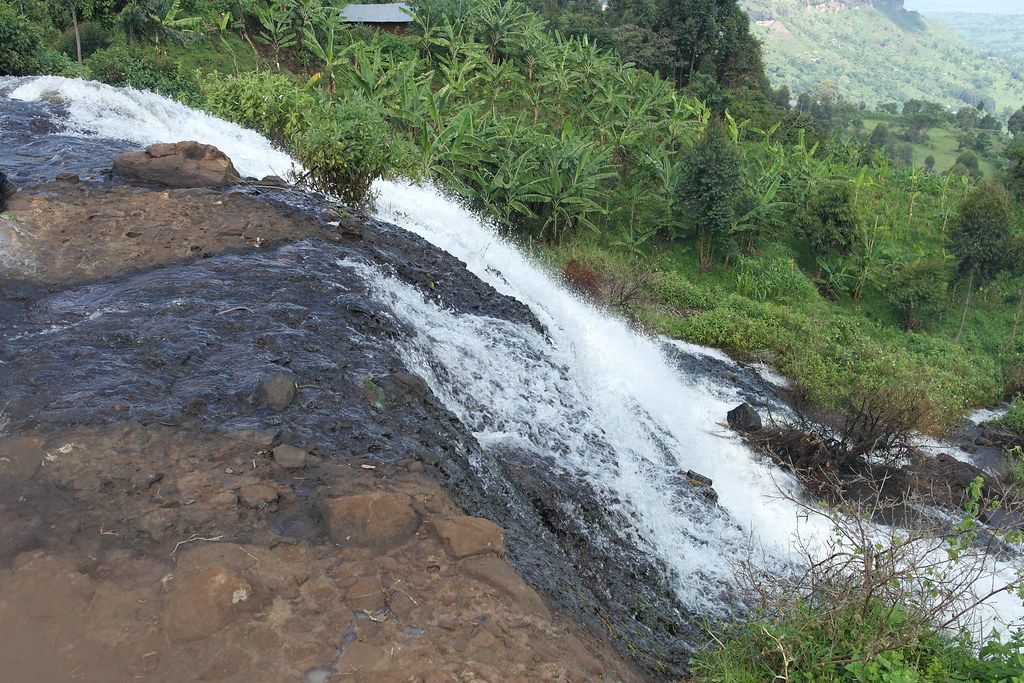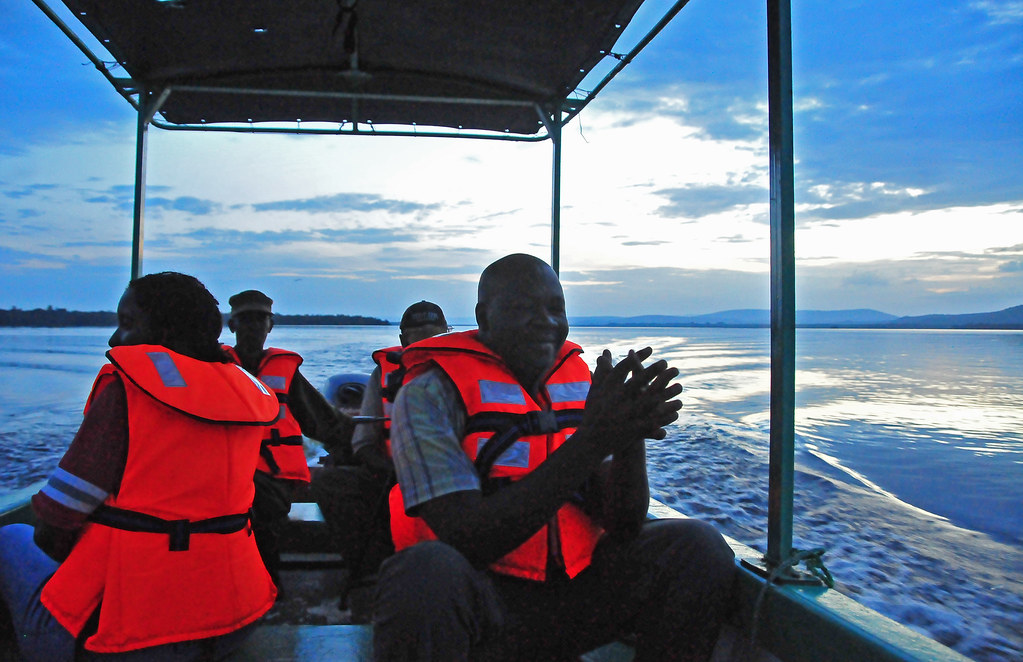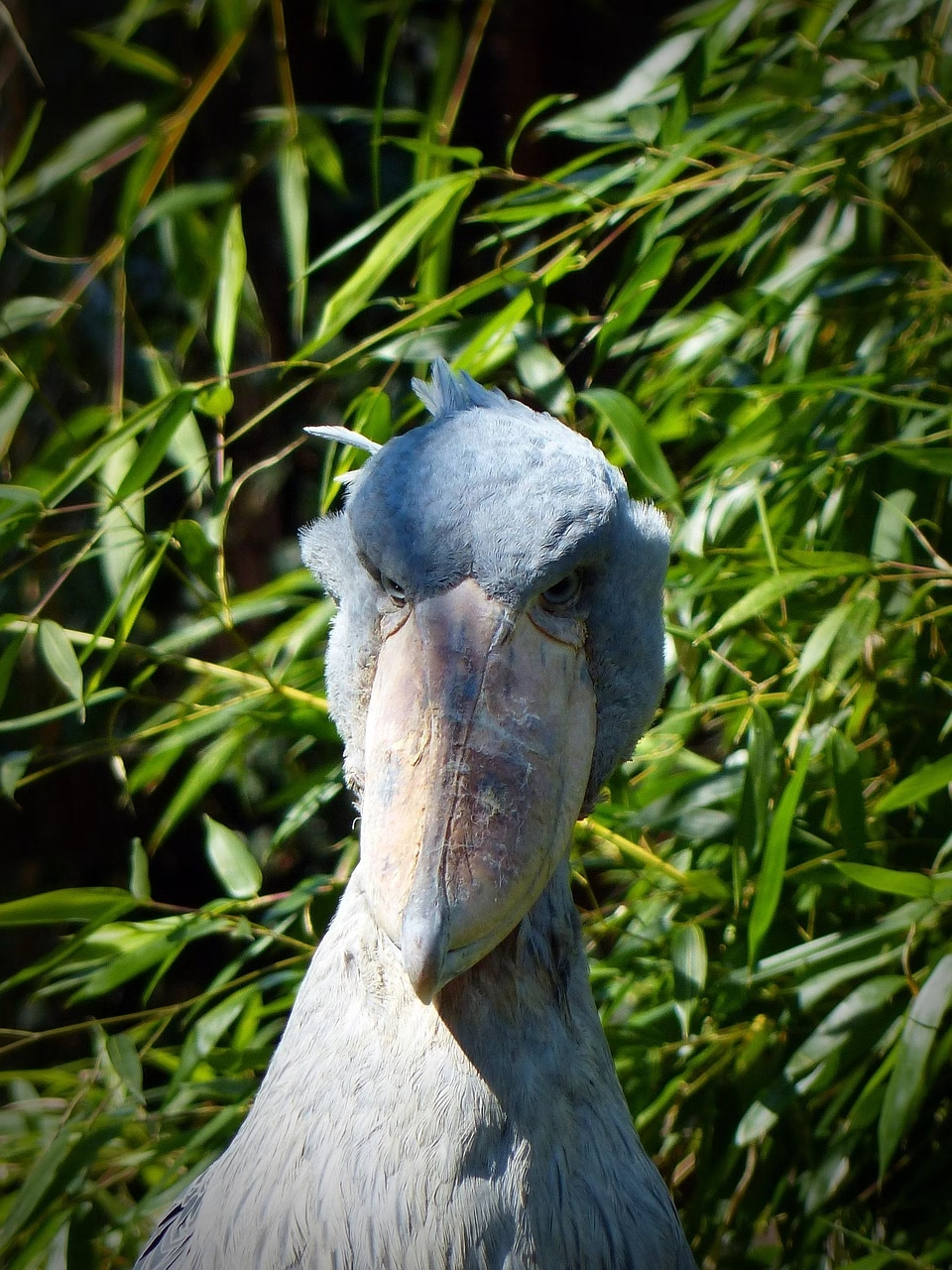
When is the Best Time to See the Shoebill Stork in Mabamba Swamp?
When is the Best Time to See the Shoebill Stork in Mabamba Swamp?
The Shoebill Stork is an awe-inspiring bird that has captured the imaginations of birdwatchers and nature lovers worldwide. With its striking, prehistoric appearance and majestic presence, the Shoebill is a symbol of the natural beauty and raw wonder that Uganda’s birding destinations have to offer. Among the best places to see this magnificent creature is the Mabamba Swamp, a protected area on the shores of Lake Victoria. The swamp is one of the most reliable spots in the world to see the Shoebill Stork in its natural habitat. But when is the best time to witness this majestic bird? The answer lies in understanding the seasonality of bird movements, the weather conditions, and the unique characteristics of the Mabamba Swamp.
Where is Mabamba Swamp?
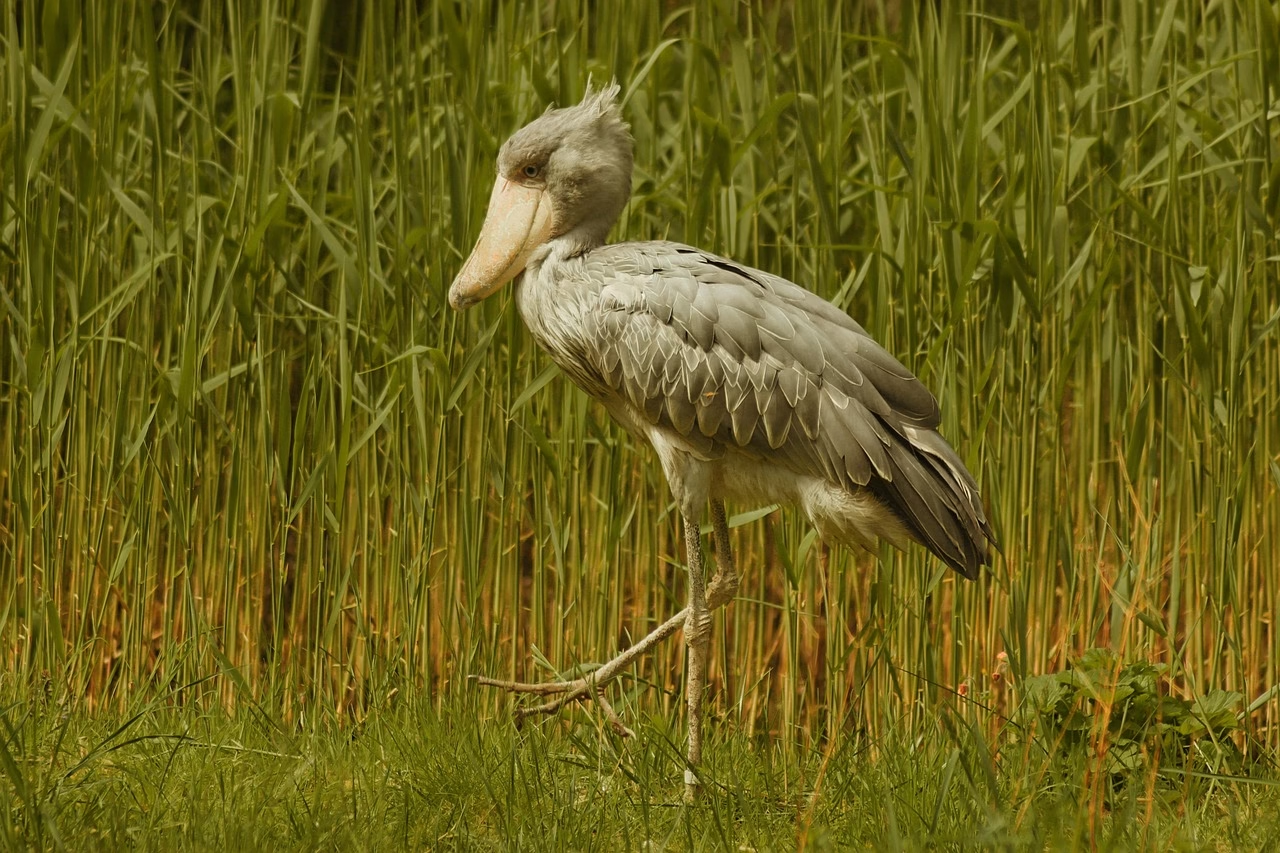
Mabamba Swamp is located along the northern shores of Lake Victoria, just a short drive from Uganda’s capital, Kampala. Situated about 50 kilometers southwest of the city, the swamp forms part of the Mabamba Bay wetland ecosystem. The swamp is a sprawling, lush area filled with papyrus reeds, shallow waters, and a variety of aquatic plants, creating an ideal environment for waterbirds. This location is a sanctuary for the Shoebill Stork, as well as many other bird species, making it a birdwatcher’s paradise. The calm waters of the swamp, combined with the dense reed beds, make it an incredible spot for birding. It is a truly serene place, surrounded by rich vegetation, and is one of Uganda’s most important wetland ecosystems.
How to Get to Mabamba Swamp
Getting to Mabamba Swamp from Kampala is fairly easy. The drive takes roughly 1.5 to 2 hours, depending on the road conditions. Once you reach the small town of Nakiwogo, it’s time to board a boat for the short trip to the heart of the swamp. The boat ride itself is a relaxing experience, offering the chance to observe other wildlife and the stunning landscapes of the swamp. The boat trip is guided by a knowledgeable local guide who will help you spot the Shoebill Stork and other bird species. Many local tour companies offer guided trips to Mabamba, so booking through a reputable provider is advisable, ensuring that your journey is smooth and you have a chance to learn about the swamp’s unique ecosystem.
What to See in Mabamba Swamp
Mabamba Swamp is best known for being home to the Shoebill Stork, but the birdlife here is diverse. Apart from the Shoebill, the swamp is a haven for over 260 species of birds. Some of the species you may encounter include the African Jacana, Malachite Kingfisher, Black Heron, and the Blue-headed Coucal. The swamp is also a key stopover for migratory birds, especially during the wetter months, when the water levels are higher, and the reeds provide shelter and food for thousands of birds. The peaceful boat ride offers opportunities to spot these remarkable creatures, with the Shoebill often seen standing motionless in the swamp, waiting to ambush its prey.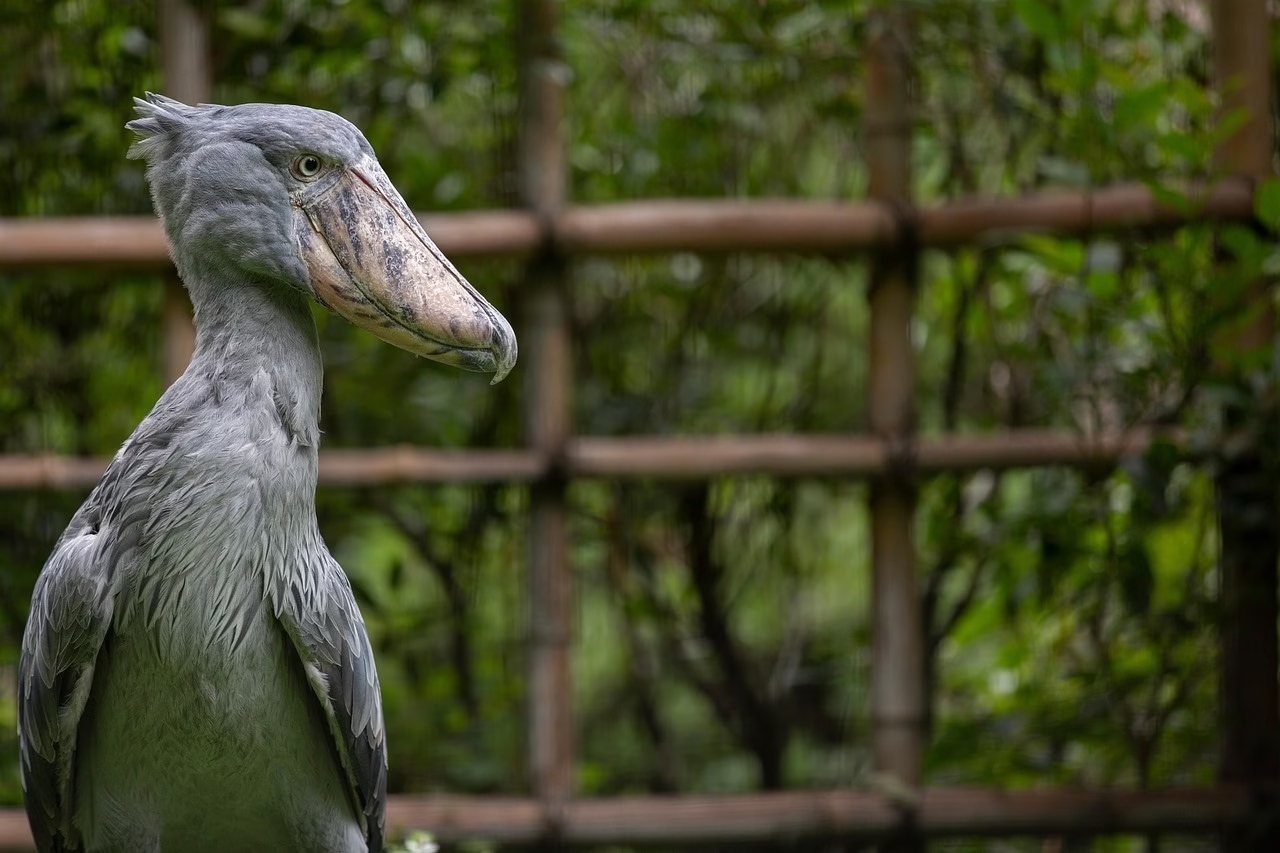
The surrounding environment is a vibrant mix of aquatic plants, papyrus reeds, and dense vegetation. This habitat not only supports birdlife but also offers a serene atmosphere for those seeking a nature-filled escape from the hustle and bustle of city life. Other wildlife that inhabits the area includes various species of frogs, insects, and even the occasional monitor lizard.
When is the Best Time to See the Shoebill Stork?
The best time to visit Mabamba Swamp and see the Shoebill Stork is during the dry season, which runs from June to September and from December to February. During these months, the water levels are lower, and the Shoebills tend to congregate in the shallower areas of the swamp. The dry season is also when the swamp is less likely to be overgrown with dense vegetation, allowing for clearer visibility of the birds. The Shoebills are easier to spot as they stand motionless or slowly wade through the water in search of fish, frogs, and other prey.
However, the wet season, from March to May and October to November, has its own charm. The lush greenery is at its peak, and migratory bird species are abundant. While the Shoebill may be harder to spot due to the thicker vegetation, the swamp becomes a vibrant mosaic of birdlife, making it an exciting time for bird enthusiasts looking to explore the full spectrum of Uganda’s avian diversity.
Where Else to Do Birding in Uganda?
Uganda is a country renowned for its biodiversity, and its birding opportunities are second to none. Apart from Mabamba Swamp, some of the best places to go birding in Uganda include:
-
Bwindi Impenetrable National Park: Known for its mountain gorillas, Bwindi is also a birding paradise with over 350 species of birds. Birders can expect to find species like the African Green Broadbill and the Blue-headed Sunbird.
-
Kibale Forest National Park: This forest is home to a variety of primates and over 300 species of birds, including the rare and elusive Great Blue Turaco and several species of hornbills.
-
Murchison Falls National Park: Alongside its famous waterfalls, Murchison Falls offers excellent birding opportunities, with species like the Shoebill, African Fish Eagle, and various kingfishers.
-
Queen Elizabeth National Park: Queen Elizabeth is known for its wide array of habitats, from savannah to wetlands, which support over 600 bird species. Here, you can spot birds like the Martial Eagle and the Pink-backed Pelican.
-
Semuliki National Park: Located in western Uganda, Semuliki is an underrated birding destination, famous for its tropical rainforest and species like the White-cheeked Hornbill and the Nkulengu Rail.
Is Birding in Mabamba Swamp Safe?
Birding in Mabamba Swamp is generally safe, especially when guided by a reputable tour operator. The local guides are experienced and knowledgeable about the swamp’s terrain, wildlife, and safety precautions. The boat rides are calm and enjoyable, with safety gear provided for all guests. The swamp itself is peaceful, and the risk of encountering dangerous wildlife is minimal, as the Shoebills and other birds are not aggressive toward humans. However, like any outdoor activity, it’s always a good idea to follow the guide’s instructions, respect the environment, and ensure your personal safety while navigating through the swamp.
What to Pack for Birding Safari in Uganda
Packing for a birding safari in Uganda requires a combination of practical gear and personal items. Some key essentials include:
-
Binoculars: Essential for birdwatching, a good pair of binoculars will help you spot the Shoebill Stork and other bird species in the distance.
-
Camera with a Zoom Lens: Capture the beauty of the birds and the natural landscape. A camera with a long zoom lens is recommended for wildlife photography.
-
Comfortable Clothing: Lightweight, breathable clothing is ideal, as you’ll be outdoors for extended periods. Neutral-colored clothing (such as khaki or green) is best to blend in with the surroundings and avoid startling the wildlife.
-
Rain Gear: Even during the dry season, weather in Uganda can be unpredictable. A lightweight rain jacket is a good idea, just in case.
-
Sunscreen and Hat: Protection from the sun is crucial when spending long hours outdoors. A hat will help keep you cool and protected from UV rays.
-
Insect Repellent: Malaria is a concern in many parts of Uganda, so don’t forget to bring insect repellent to protect yourself from mosquitoes.
-
Water and Snacks: Stay hydrated and bring snacks for energy during your birding expeditions.

